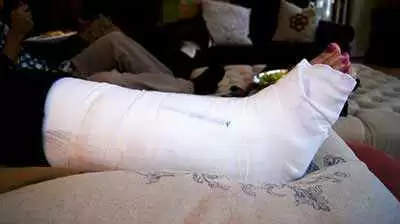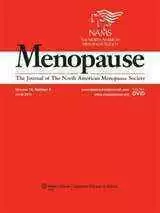Celiac.com 06/15/2015 - It's well-documented that people with active celiac disease are more likely to have osteoporosis and increased risk of fractures. High-resolution peripheral quantitative computed tomography (HR-pQCT) allows for three-dimensional exploration of bone micro-architecture, including measurement of cortical and trabecular compartments, and providing detailed information on bone disease pathophysiology and fracture. Using HR-pQCT, research team recently set out to assess the volumetric and micro-architectural characteristics of peripheral bones. that is the distal radius and tibia, in adult pre-menopausal women with active freshly diagnosed celiac disease.
 The research team included María Belén Zanchetta, Florencia Costa, Vanesa Longobardi, Gabriela Longarini, Roberto Martín Mazure, María Laura Moreno, Horacio Vázquez, Fernando Silveira, Sonia Niveloni, Edgardo Smecuol, María de la Paz Temprano, Hui Jer Hwang, Andrea González, Eduardo César Mauriño, Cesar Bogado, Jose R. Zanchetta, an dJulio César Bai. They are variously affiliated with the IDIM, Instituto de Diagnóstico e Investigaciones Metabólicas, and with the Cátedra de Osteología y Metabolismo Mineral, Universidad del Salvador, Buenos Aires, Argentina.
The research team included María Belén Zanchetta, Florencia Costa, Vanesa Longobardi, Gabriela Longarini, Roberto Martín Mazure, María Laura Moreno, Horacio Vázquez, Fernando Silveira, Sonia Niveloni, Edgardo Smecuol, María de la Paz Temprano, Hui Jer Hwang, Andrea González, Eduardo César Mauriño, Cesar Bogado, Jose R. Zanchetta, an dJulio César Bai. They are variously affiliated with the IDIM, Instituto de Diagnóstico e Investigaciones Metabólicas, and with the Cátedra de Osteología y Metabolismo Mineral, Universidad del Salvador, Buenos Aires, Argentina.
Celiac.com Sponsor (A12):
For the study, their team prospectively enrolled 31 consecutive premenopausal women with newly diagnosed celiac disease (median age 29 years, range: 18–49) and 22 healthy women of similar age (median age 30 years, range 21–41) and body mass index. Using HR-pQCT, the team was able to successfully identify significant deterioration in the micro-architecture of trabecular and cortical compartments of peripheral bones.
HR-pQCT revealed that most bone micro-architecture parameters were substantially reduced in celiac disease patients compared to a control group. Twenty-two patients showed symptomatic celiac disease. These patients had a greater bone micro-architectural deficit than those with sub-clinical celiac disease.
Impaired bone micro-architecture could be one cause of diminished bone strength and higher risk of fractures seen in many celiac patients.
The researchers are looking to conduct a follow-up of this group of patients. They want to know whether bone micro-architecture recovers with a gluten-free diet, and, if so, how quickly and to what extent.
Source:
- Open Original Shared Link





Recommended Comments